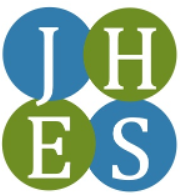ABSTRACT
Media has always been utilized as source of information, including that of food and nutrition. This study sought to analyze students’ media utilization and preference for food and nutrition information and their relationship with students’ socio-economic profile and nutritional status. With a descriptive cross-sectional research design, a survey was carried out among 70 students residing at the Vet-erinary Medicine Dorm of the University of the Philippines Los Baños using self-administered ques-tionnaire. Assessment of their nutritional status was also conducted. Data were analyzed through a combination of descriptive and inferential statistics. Majority of the respondents were female (74%); and junior standing (43%) with a household income not exceeding Php 350,000. In terms of nutri-tional status, only one student was obese, 12 were underweight, 6 were overweight, and 51 were mainly classified as normal. Most of the students (84.3%) had sought information related to food and nutrition. The prevailing reason they seek such information was for health purposes. Overall, findings revealed that cellular phone and the Internet were the media channels most commonly used by the students. Most of them preferred the Internet, cellular phone, and television as channels for their food and nutrition information needs. Through the Chi-Square Test of Independence, significant associa-tions were found among these variables: household income and utilization of media channels such as cellular phone, books, and the Internet; and media preference and utilization of all media channels except for cellular phone and the Internet. These findings lend a basis for developing communication strategies aimed at promoting food and nutrition among college students.
